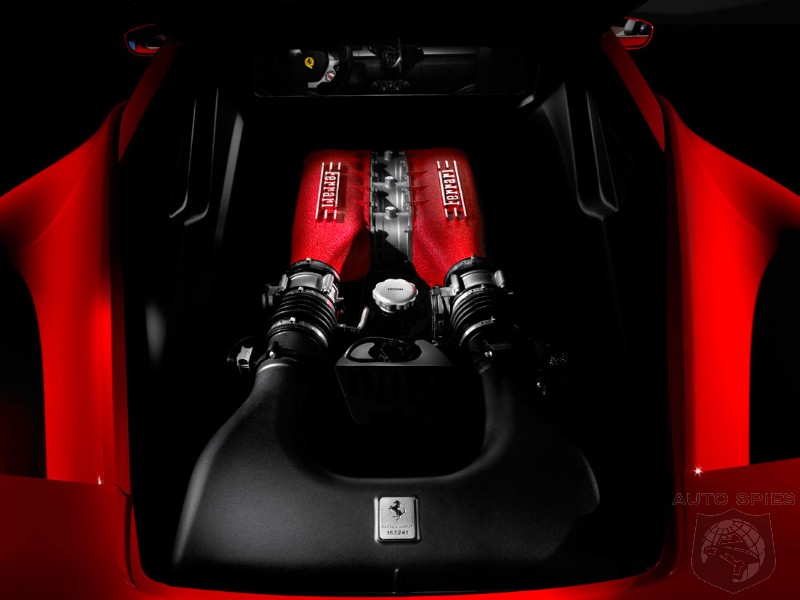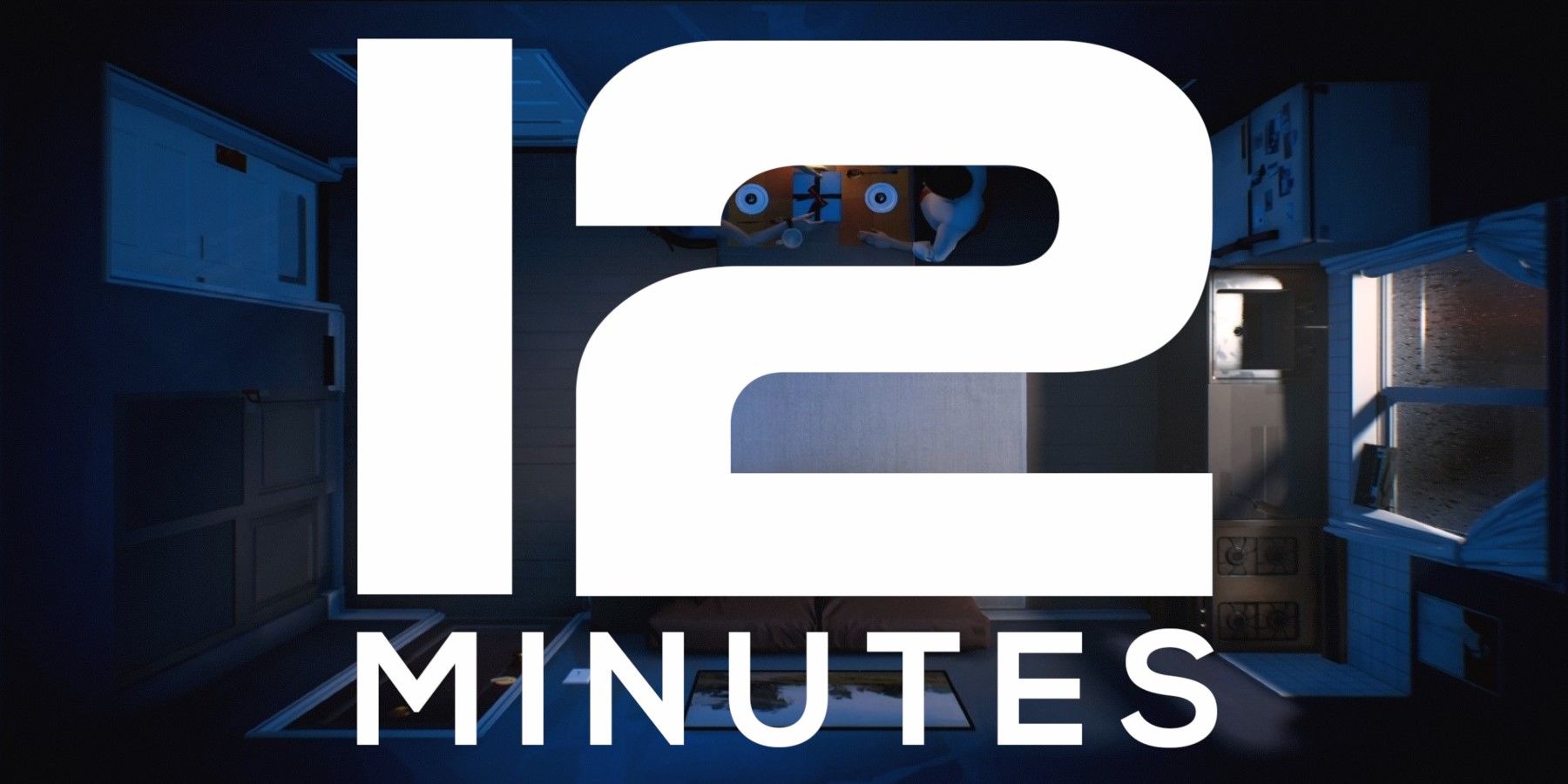
Additionally, many modern locomotives have electronic systems that allow power from the secondary engine to be sent to the traction motors, or power from the main engine to the HEP, depending on current energy needs. It also decreases the load on the main engine.
#12 minutes engine generator
Many HEPs provide over 500 kilowatts of electrical power to the rest of the train, to be used by the electric air conditioners, lights and kitchen facilities.īy using a completely separate engine and generator for these systems, the train can keep the passengers comfortable even if the main engine fails. The engine drives a generator that provides 480-volt, 3-phase AC power for the rest of the train. It tends to spin even slower than the main engine, maxing out at about 1,000 rpm. The head-end power unit (HEP) consists of another big diesel engine, which itself can make 3,000-4,000 horsepower. TrucksĪlso known as bogies, the trucks are the complete assembly of two axles with wheels, traction motors, gearing, suspension and brakes. Usually the cab is only occupied by an engineer and a conductor. Inside the cab is a small working space with only a few seats. The seats have a suspension system as well.

The cab of the locomotive rides on its own suspension system, which helps isolate the engineer from bumps. A few passenger railways have however been electrified in the States, including Amtrak's northeast corridor and California commuter rail. For the time being, diesel remains the standard. Probable causes are that electric trains require their own specialized infrastructure to operate, and old locomotives can be in service for multiple decades before retirement. Electric locomotives are especially popular in Europe and Asia, but the changeover in the U.S. This method is several times more efficient than burning any kind of onboard fuel to produce energy. Diesel-electric systems are also five times more efficient than the old steam engine locomotives, which is why diesel entirely replaced steam in the early 20th century.ĭiesel also has seen some competition from fully electric trains, which pull directly from a power grid as they drive. Train manufacturer CSX estimates that their fleet moves 1 ton (0.9 metric tons) of cargo an average of 492 miles (791 kilometers) per 1 gallon (4 liters) of fuel, making locomotives four times as efficient as moving goods on roadways. Why Diesel?ĭiesel engines are more efficient than gasoline engines, and when moving literal tons of freight or passengers, efficiency is paramount.
#12 minutes engine full
The traction motors can produce adequate torque at any speed, from a full stop to 125 mph (200 kph), without needing to change gears. The generator sends electrical power to a traction motor at each axle, which powers the wheels. It would also have to provide power to four sets of wheels, which would add to the complexity.īy going with a hybrid setup, the main diesel engine can run at a constant speed, turning an electrical generator via driveshaft. With a speed range like this, a locomotive would need 20 or 30 gears to make it up to 110 mph.Ī gearbox like this would be huge (it would have to handle 4,200 horsepower), complicated and inefficient, and create a possible point of mechanical failure.

The large displacement diesel engine tops out at about 2,100 rpm, or lower. Diesel engines have a much slower operating speed than gasoline, and that goes double for the massive ones used in locomotives. The five-to-10-speed transmission on most cars allows them to go 110 mph (177 kph) or faster with an engine-speed range of 500 to 6,000 or higher rpm.


 0 kommentar(er)
0 kommentar(er)
